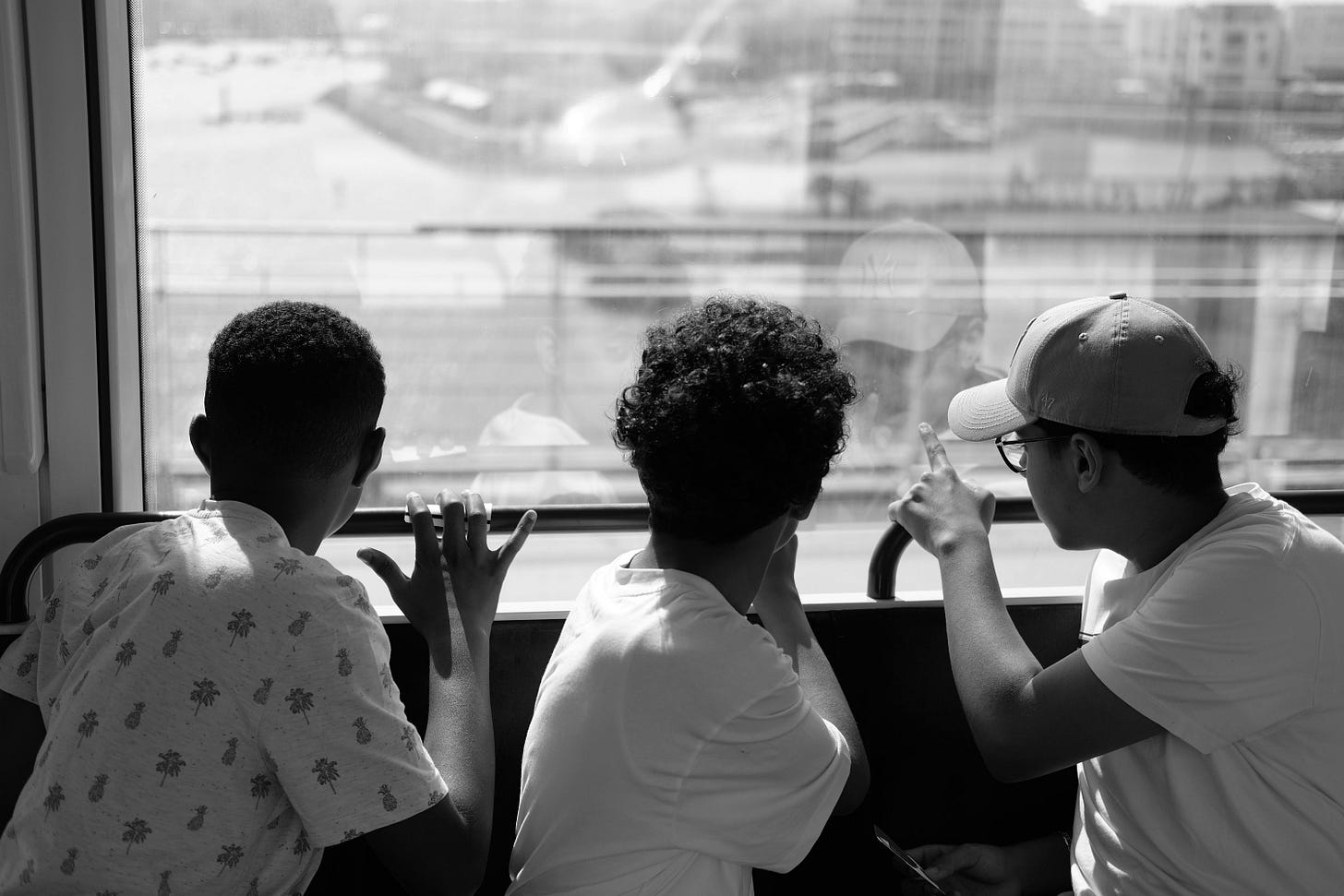Preamble to a New Constitution for Education
“Every middle-schooler will have the expectation that when they are in high school they will have a good-paying job, sharing knowledge or skills with peers, younger children, or other people in their communities.”
I propose this sentence as the preamble to a new Constitution for Public Education. I hope to use two posts a week over the next year to explain the many principles, opportunities, and freedoms implicit in this preamble.
I mean the proposal seriously, not just as a thought experiment. My proposal is different from, but parallel to, the work already under way to begin a national discussion about an amendment to the Constitution of the United States that would guarantee quality education to all children residing here.
My proposal is different: to begin work on a constitution parallel to the U.S. Constitution—a parallel constitution specifically to organize a consensus about how children should grow up in our country.
Even before a new Constitution for Public Education is written and agreed on, we can begin to enact its principles. We can begin immediately. Many people do currently enact the principles I’ll explain in these posts, though not yet under the banner of a Constitution for Public Education.
My teacher, the late Bob Moses, civil rights worker and founder of the Algebra Project, emphasized that we the people of the United States like to operate under constitutional banners. The current proposal veers a little from Dr. Moses’s decades-long attempts to organize a conversation about education and the U.S. Constitution, but it is fully in his spirit.
It is fully in his spirit because he supported the creation of parallel institutions when existing institutions proved recalcitrant. Later posts will discuss the parallel institutions of Freedom Schools and the Mississippi Freedom Democratic Party, both of which Dr. Moses helped organize in 1964. A new Constitution for Public Education is intended as a parallel consensus able to stand on its own, but implying a viewpoint on the other Constitution, the one that isn’t quite working at the moment for the common good.
This new Constitution for Public Education is designed, however, to run counter to the implicit constitution of education that currently governs how children grow up in our country. That implicit constitution of education is based on caste and ordains not only certain types of schools, but certain types of lives for some children, and other schools and lives for other children.
We all know this fact. Yes, there are exceptions and some children escape their family’s assigned classification. But almost every single family tries to raise their children with as many academic, extracurricular and cultural advantages as their wealth and status can afford. We implicitly accept this arrangement and abide by it as if it were natural. But it is a choice. We could arrange things differently, so that each family was not simply left to its own economic and caste-based devices.
I believe there is already a consensus about a set of principles that could form the basis for new arrangements, countering the current implicit arrangements.
I believe that with not too much complexity and not too much time, almost immediately in many out-of-the-way places, communities could constitute a way for children to grow up that wealthy families might envy—the healthy kind of envy that leads to emulation. They might envy the richness of interaction, the joy and engagement, the purposefulness and health of young people growing up in places that though not as wealthy, are fully as alive or even more so.
The proposed preamble—not grand, but practical—is rooted in principles about which we in the United State already share a consensus. It might be easier to see how we mostly already share a consensus if I re-cast the sentence a little.
The great majority of us, I believe, agree with this statement: “If we could pay teenagers to do things that benefit their communities, contribute to the education and culture of younger children, and incidentally advance their own educations, it would be a good thing.” The following series of posts will explain why this consensus already exists and why it could form a strong foundation for how all our children might grow up, to some extent, in common.



Congratulations, Jay, on your launch! It takes my breath away with its bold vision. Count me in!